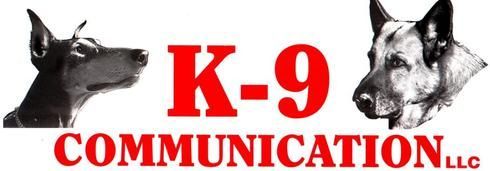May 3, 2024
Dear Gus, Our three-year-old male neutered dog has developed a recent pattern of barking and fear. People that he has happily visited with in the past now seem to scare him. The other day a friend of mine, who has known the dog since puppyhood, was over and the dog started following him and went so far as to rear up on his hind legs with his hackles up. He has never acted like this before. I’m not sure if this is a coincidence, but this behavior began after the death of our 1 l-year-old dog matriarch and alpha died recently. Mary Jane, Orange Dear Mary Jane, I think that you are correct, and this behavior is related to the death of your 11 year-old-dog. It sounds as though two things are behind this - a fearful personality, and a new need to dominate. With the death of your older, dominant dog, the 3-year-old has now been pushed into the position of being number one, or alpha. He is now acting in the way that he believes is best, which is to dominate anyone else in the household. And showing aggression to someone when his or her back is turned is typical of a dog that is exhibiting fear-induced aggression. Depending on how deeply rooted this is, it can probably be made better, but I doubt if you will ever have a social butterfly as a pet. Omitting any genetic predisposition, this is or was probably caused by poor socialization when your dog was a puppy. When puppies are not exposed to a wide variety of situations during the critical first 16 weeks of life, they will often remain fearful throughout their lives. And when we have a puppy that is fearful, we often unknowingly reinforce this by keeping him away from visitors (for example, crated when guests arrive) and therefore continue this lack of socialization. Combining your dog’s new sense of needing to step up to the “alpha slot” with a fearful disposition is the most likely cause of this aggression. Unfortunately, fear aggression is one of the most common problems that I see, and not easy to resolve. You may need to seek the assistance of a professional canine behavioralist. In the meantime, the first thing you should do is to have your dog examined by your veterinarian to make sure that there is not a physical component to this behavior. Assuming there is no physical cause, you need to begin a behavioral modification program. You will need to reinforce that you, not your dog, are the Alpha in the household. This will move him back into the comfortable position of number two, or follower, rather than leader. To do this, you must be consistent in your obedience training, and make sure that every command is followed. Never give a command that you are not willing to enforce. If you tell him to sit, don’t allow him to ignore the command, even if that is easier for you. You need to enforce the “No free lunch” policy, and have your dog work for any rewards, such as food or playtime. For example, if your dog enjoys walks, let him see the leash, give him the sit command, and, once he has stayed in the sit position for a minute (you can gradually increase this time), put the leash on him and take him for his walk. Your goal is not to be harsh, but to establish your leadership in the household. Give commands in a firm, but not loud or angry tone of voice. Secondly, start to slowly reintroduce him to social situations while maintaining control of him. If he becomes fearful, retreat from the situation, and gradually increase his exposure to social settings. Don’t allow a situation to become emotionally charged, because your anxiety will “flow down the leash” and indicate to him that you are not in control, and he needs to be fearful and protect you by taking on the dominant and aggressive role. By being firm and consistent he will begin to understand that you are the leader, and it will take the pressure off him to act as the dominant, or alpha in the household. Remember, be firm, be kind, and be consistent. I hope this helps. Gus Gus Marnel of Milford is the owner of K-9 Communications and a member of the Professional Dog Trainers Association.
